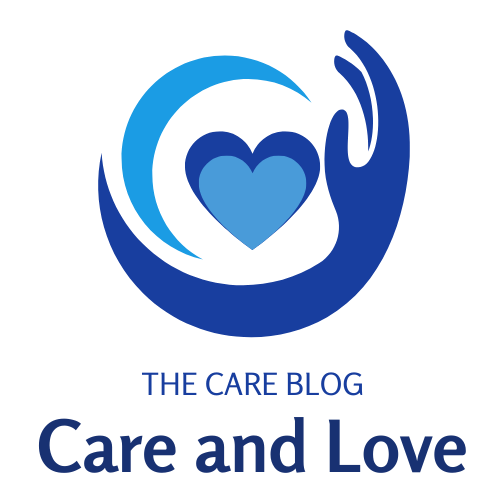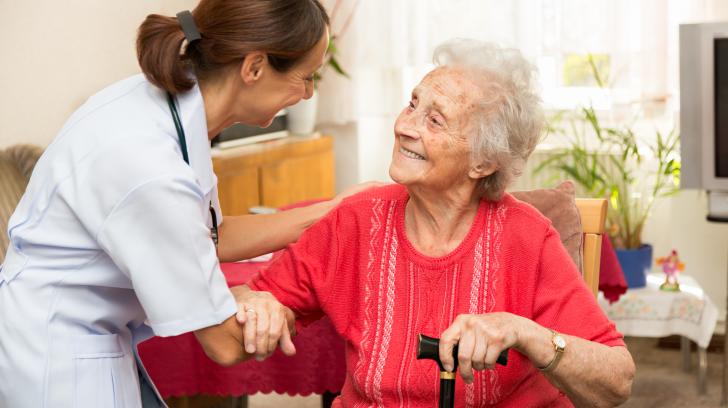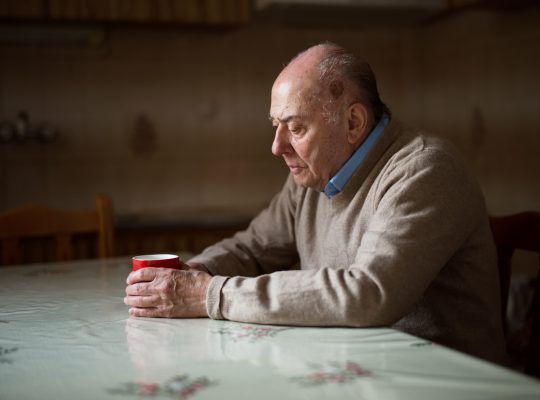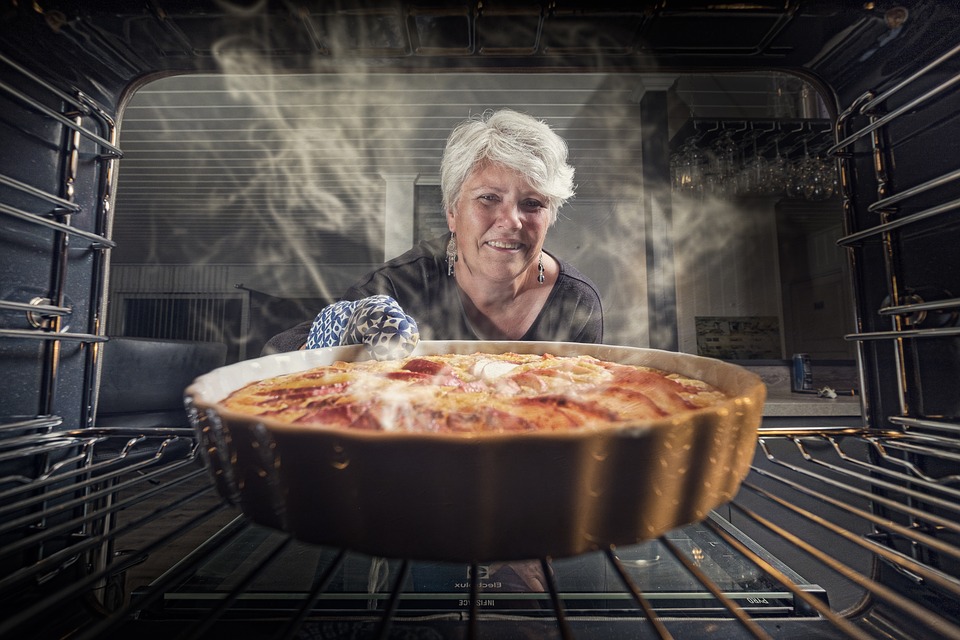Rest and Care Home: Who Can Be Admitted
Summary
– Rest and care home: different missions
– Different types of nursing homes: depending on the needs
– Rest and care home: who can be admitted?
– Services offered by the rest and care home
– Nursing home: legislation that protects the patient
– Rest and nursing home rates
The rest and nursing home is an establishment whose primary goal is the recovery of a person.
Rest and care home: different missions
The rest and care home can be public or private.
The rest and care home play an essential and active role in the hospital and the homeworld of care.
– e care home: private or public?
The two missions of the rest and care home
The rest and care home or convalescent home are now called:
– rest and care home,
– or establishment of follow-up care and rehabilitation.
This type of establishment has a double mission:
– to provide care to individuals who need it
– to maintain the patient’s autonomy or give them back their autonomy following a long-term illness.
Follow-up care: three types of cases
Follow-up and rehabilitation care replace the term “medium stay”. It can be provided with or without accommodation.
There are three types of follow-up care:
Rest and care home: which follow-up care?
Short-term care
Of severe illnesses: surgery, obstetrics, psychiatry, etc.
Follow-up or rehabilitation care
As part of treatment for patients requiring ongoing care.
Long-term care
– For people who do not have the autonomy to live and whose condition requires regular medical supervision and maintenance treatments.
Different types of care homes: according to needs
Depending on the therapeutic project, there are different types of rest and care homes to provide care to patients:
– the rehabilitation center,
– the convalescent home: for follow-up care,
– the specialized home: for multi-disabled people,
– psychiatric nursing homes: for people with depression, addiction, or eating disorders
– rest homes for the elderly,
– Palliative care units: for people nearing the end of life.
Rest and care home: who can be admitted?

The rest and care home are mainly for individuals suffering from pathologies that require specific care:
– non-disabled people,
– dependent persons,
– people suffering from diseases such as Alzheimer’s or degenerative diseases,
– people requiring rehabilitation,
– people suffering from (long-term illness): cancer, multiple sclerosis, etc.
Services offered by the rest and care home
The services offered by the nursing home include accommodation, meals, hygiene, and medical care, and various specific services.
The nursing home must have the appropriate equipment and specialized staff to provide these services.
Rest and care home: adapted equipment
Usually, here is the type of equipment that this type of care facility must be provided with
– Functional and versatile beds adapted to the patient’s situation,
– wheelchairs,
– specific equipment for rehabilitation,
– medical gymnastics and physiotherapy rooms,
– radiology equipment.
Management of the nursing home: human medical resources
The rest and care home provide its patients with general practitioners and specialists as well as an entire nursing staff:
– general practitioner: he performs a global assessment and identifies the deficits and needs to establish the therapeutic project of the patient,
– specialist physicians:
◦ psychiatrist, cardiologist, pneumologist, orthopedist, endocrinologist, etc.,
◦ they establish a diagnosis in partnership with the medical and care team,
– physiotherapist,
– radiologist,
– nurses and care assistants.
Administrative staff for the nursing home
The administrative staff is responsible for the patient’s reception in the rest home and care.
Their missions:
– the management of the rest home,
– the formalities and the care of the patient.
Nursing home: legislation to protect the patient
The regulations governing nursing homes are complex and changing, and concern
– the control of the compliance of the homes with the legislation in force (applicable standards, certification),
– the quality of the nursing home
– competencies and responsibilities,
– specific legislation on fire protection,
– the rights of the residents: the essential value of the nursing home must be the recognition and respect of the person.
Nursing home prices: private or public?
The price of a nursing home is daily: it includes care, accommodation, and meals.
The health insurance covers a part of the cost, and the other amount is paid by the resident or by complementary health insurance if the latter has one.
The nursing home can be a public or private establishment: private establishments often charge higher rates than public establishments. In this case, the part of the cost that remains to be paid by the patients can be higher.







